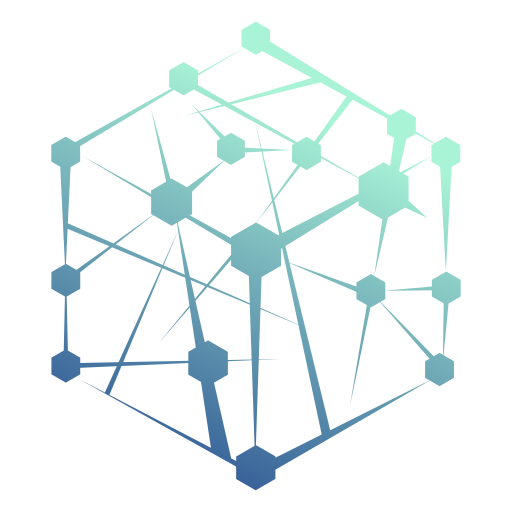The Impact of Nanotechnology on Artificial Intelligence, Machine Learning, and Cloud Computing
In recent years, there has been a significant advancement in the field of nanotechnology, revolutionizing various industries such as healthcare, electronics, and manufacturing. Nanotechnology involves the manipulation of matter at the nanoscale, which is at the atomic, molecular, and supramolecular level. The Internet of Things (IoT) has also experienced rapid growth, with billions of interconnected devices generating massive amounts of data. This has led to the emergence of artificial intelligence (AI), machine learning (ML), and cloud computing as key technologies to process and analyze this data. In this article, we will explore the impact of nanotechnology on AI, ML, and cloud computing, and how they work synergistically to drive innovation and efficiency.
Nanotechnology and Sensors in AI and ML
Sensors play a crucial role in AI and ML systems, as they collect data from the environment and provide input for analysis and decision-making. Nanotechnology has revolutionized the development of sensors by enabling the creation of smaller, more sensitive, and more efficient devices. Nanosensors can detect and measure various parameters such as temperature, humidity, pressure, and motion with high precision. They can be integrated into everyday objects, creating a network of interconnected devices in the IoT.
With the advancements in nanotechnology, AI and ML algorithms can leverage the data collected by nanosensors to make informed decisions and predictions. For example, in the healthcare industry, nanosensors embedded in wearable devices can monitor vital signs and detect anomalies in real-time. AI algorithms can analyze this data and provide personalized health recommendations or alert healthcare professionals in case of emergencies. This integration of nanotechnology with AI and ML enhances the capabilities of these technologies and enables the development of innovative solutions in various domains.
Nanotechnology and Cloud Computing
Cloud computing has become an integral part of many businesses and organizations, providing flexible and scalable computing resources. Nanotechnology has the potential to further enhance the capabilities of cloud computing by enabling the development of more powerful and energy-efficient devices. Nanoscale materials, such as carbon nanotubes and graphene, have unique properties that make them ideal for use in computer chips and storage devices.
One of the key challenges in cloud computing is the need for increased processing power and storage capacity to handle the massive amounts of data generated by IoT devices. Nanotechnology can address this challenge by enabling the development of smaller and more efficient devices. For example, nanoscale transistors can provide faster and more energy-efficient computing capabilities, while nanoscale memory devices can store more data in a smaller footprint. This integration of nanotechnology with cloud computing can lead to significant improvements in performance, energy efficiency, and cost-effectiveness.
Nanotechnology and Virtual Reality
Virtual reality (VR) is a technology that creates a simulated environment that can be similar to or completely different from the real world. It immerses users in a virtual environment, providing a highly interactive and immersive experience. Nanotechnology has the potential to enhance the capabilities of VR by enabling the development of more advanced and realistic VR devices.
Nanomaterials can improve the resolution and image quality of VR displays, making the virtual environment more immersive and lifelike. For example, nanoscale light-emitting diodes (LEDs) can provide higher pixel density, resulting in sharper and more vibrant images. Nanoscale sensors can also enable more accurate tracking of user movements, enhancing the overall VR experience. Additionally, nanotechnology can be used to develop lightweight and flexible components, making VR devices more comfortable and portable.
Synergies Between Nanotechnology, AI, ML, and Cloud Computing
The integration of nanotechnology with AI, ML, and cloud computing creates synergies that drive innovation and efficiency. Nanosensors can collect data from the environment, which can be processed by AI and ML algorithms running on cloud computing platforms. The insights generated by these algorithms can then be used to optimize processes, improve decision-making, and enhance user experiences.
For example, in manufacturing, nanosensors can monitor various parameters such as temperature, pressure, and vibration in real-time. This data can be analyzed by AI and ML algorithms to detect anomalies, predict equipment failures, and optimize production processes. The cloud computing infrastructure enables the processing and analysis of this data at scale, providing actionable insights to manufacturers.
In the healthcare industry, nanosensors embedded in medical devices can continuously monitor patients' health parameters. This data can be analyzed by AI algorithms to detect early signs of diseases, personalize treatment plans, and improve patient outcomes. Cloud computing platforms can securely store and process this data, enabling healthcare providers to access and analyze it from anywhere, at any time.
Challenges and Future Directions
While the integration of nanotechnology with AI, ML, and cloud computing holds great promise, there are also challenges that need to be addressed. One of the key challenges is the scalability and cost-effectiveness of nanoscale manufacturing processes. The production of nanoscale devices and materials requires specialized equipment and techniques, which can be expensive and time-consuming.
Another challenge is the ethical and regulatory considerations surrounding the use of nanotechnology in AI, ML, and cloud computing. The potential impact of nanomaterials on human health and the environment needs to be carefully evaluated and regulated to ensure their safe and responsible use.
Conclusion
Nanotechnology has the potential to revolutionize AI, ML, and cloud computing by enabling the development of more powerful, energy-efficient, and cost-effective devices. The integration of nanosensors with AI and ML algorithms running on cloud computing platforms can drive innovation and efficiency in various industries, such as healthcare, manufacturing, and entertainment. However, addressing the challenges associated with nanoscale manufacturing and ensuring the ethical and responsible use of nanotechnology are crucial for its widespread adoption. As nanotechnology continues to advance, it will play a pivotal role in shaping the future of AI, ML, and cloud computing.
